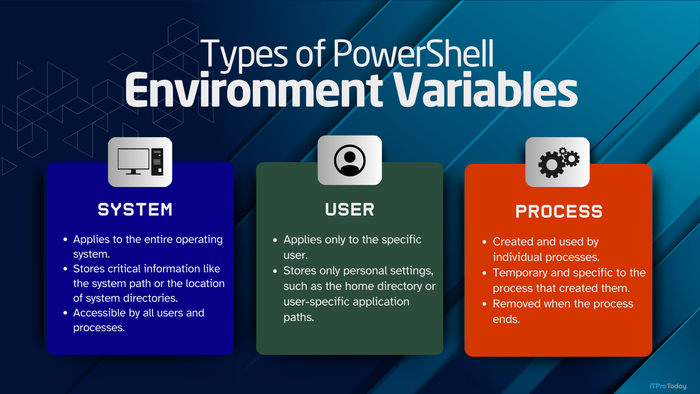What It Takes to Become Cloud-FirstWhat It Takes to Become Cloud-First
More organizations are adopting a "cloud-first" approach. The little things can make a big difference.

Some companies are born cloud-first. Others are trying to become it. The latter takes adjustment and a smart strategy. A cloud-first approach is becoming more popular in an increasingly digital world where more data, analytics, and AI are becoming commonplace.
"A good cloud-first strategy should be deliberate. It should be clear that the cloud is the goal and the reason for the decision should be easy for its makers to defend. It should involve some process and culture change on the part of the impacted business units. Nobody should migrate to the cloud and expect things to operate the same as they always have," says Jeremy Roberts, senior research director at Info-Tech Research Group. "If we wanted more of the same, why would we move to the cloud? This is a question every CIO should ask."
The transition also must be iterative because what works in phase one won't work in phase two and beyond. Organizations should anticipate this. In addition, the transition from plan, to build, to run, to operate must be accounted for when resourcing the cloud transition.
"Cloud first means assuming that technology services will be delivered via cloud by default. The question isn't, 'Why the cloud?' but 'Why not the cloud?'" says Roberts.
Read more about:
InformationWeekAbout the Authors
You May Also Like








.jpg?width=700&auto=webp&quality=80&disable=upscale)
